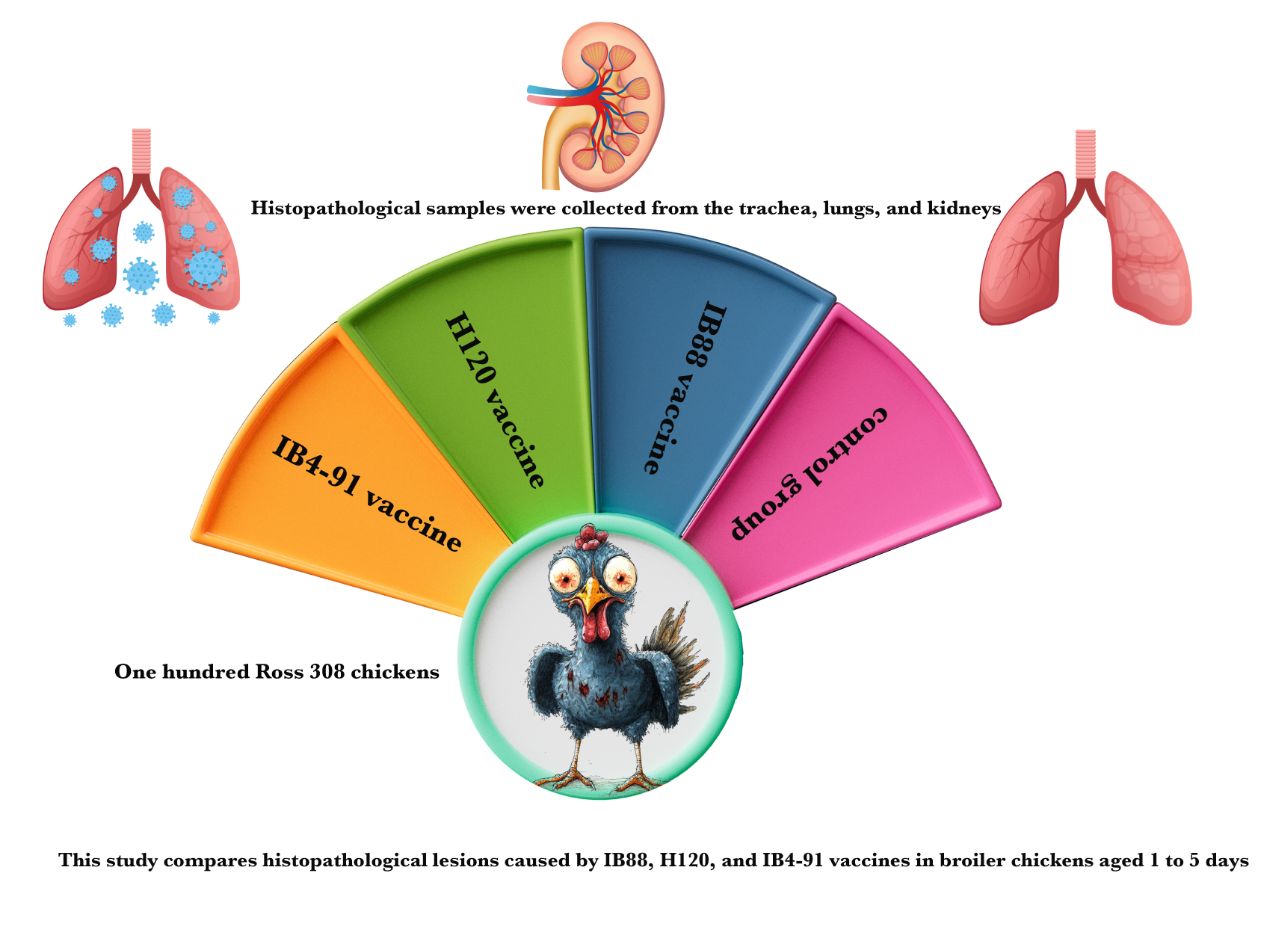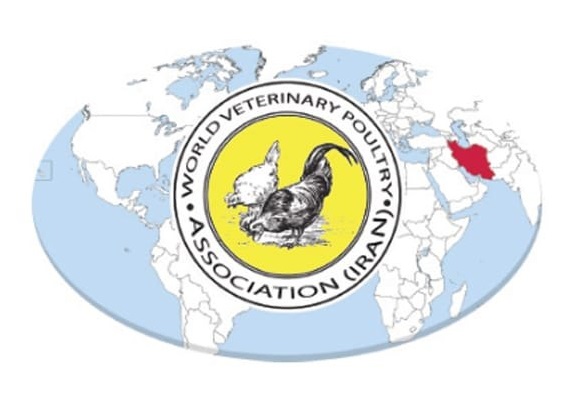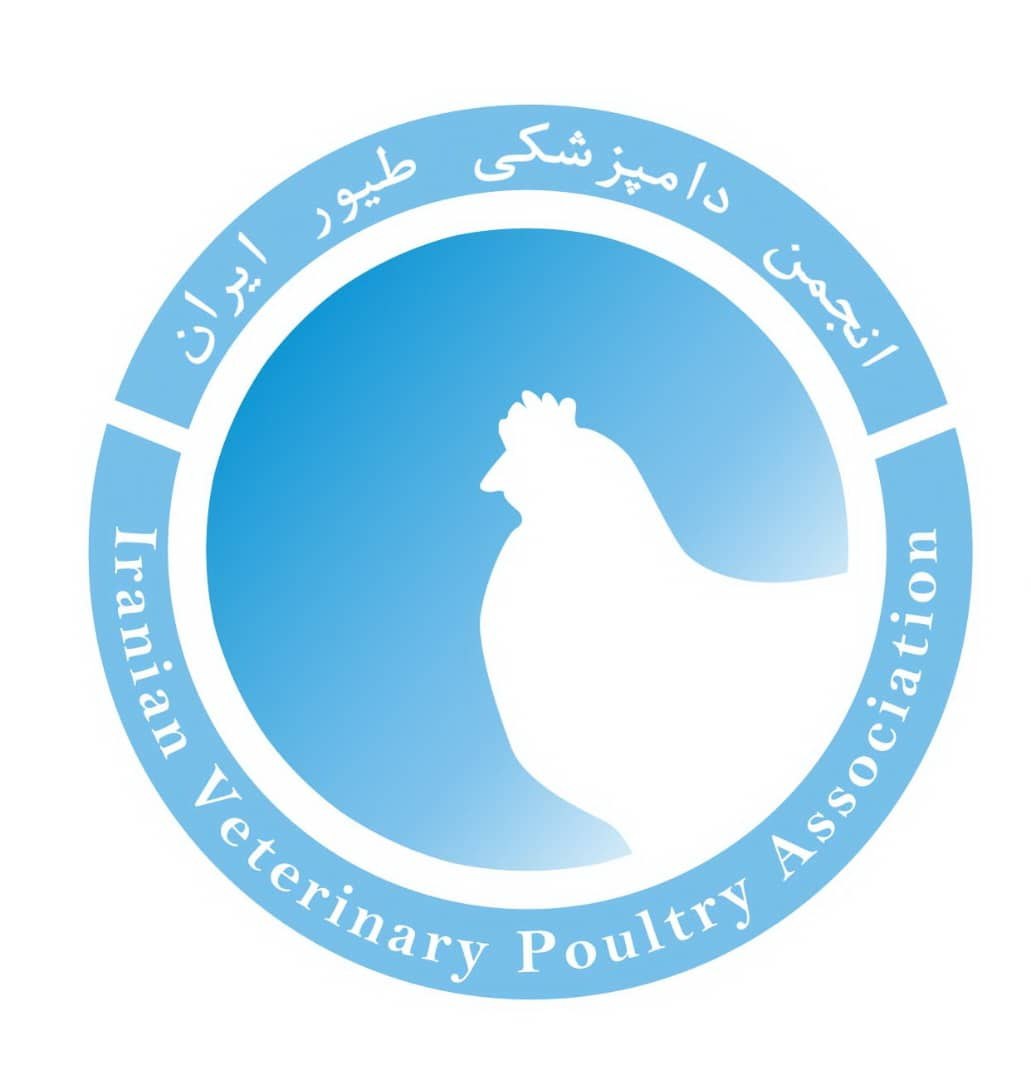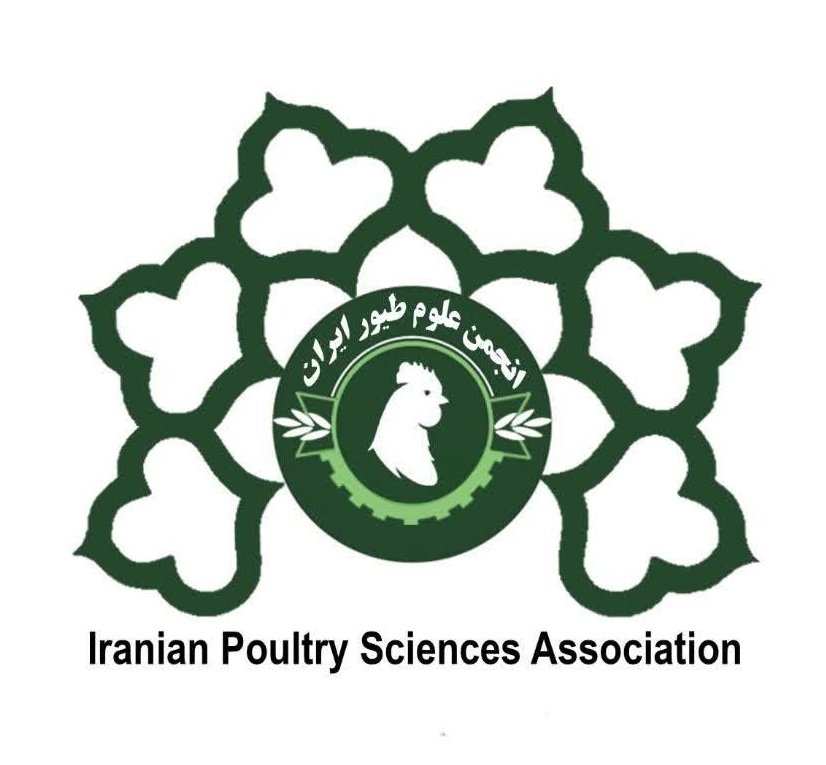Molecular and phylogenic study of H9N2 avian Influenza virus in 2020 in six provinces of Iran
Abstract
Avian influenza viruses (AIVs) of the H9N2 subtype have become prevalent among birds in recent decades. Due to the high degree of shared infection between humans and animals and the risk of a pandemic, they pose a significant threat to the global poultry industry and human health. Hemagglutinin (HA) protein is the main surface antigen of avian influenza and is crucial for infectivity. This research was conducted to investigate the molecular characteristics of the H9N2 avian influenza virus in six provinces of Iran. Initially, samples were collected from 60 broiler flocks showing respiratory symptoms from September to December 2020. RNA extraction and cDNA synthesis by RT-PCR was performed. was performed. Sequencing and characterizing the hemagglutinin genes led to identifying 13 H9N2 viruses. Phylogenetic analysis and comparison with selected strains from the Middle East and the Indian subcontinent revealed that the isolated strains in this study formed three distinct subgroups in the phylogenetic tree. According to our study results and previous studies over the past twenty years, no significant genetic changes were observed in the isolated viruses from Iran, and the 13 studied strains showed a high similarity with recently isolated strains from Iran, Pakistan, Bangladesh, Saudi Arabia, and Kuwait. Considering the impact of the virus on the poultry industry and public health, further research is necessary to overcome its spread, along with more efficient control measures for the H9N2 virus.
Downloads

Downloads
Published
Issue
Section
License
Copyright (c) 2024 Peyman Younesi (Author)

This work is licensed under a Creative Commons Attribution-NonCommercial 4.0 International License.

















